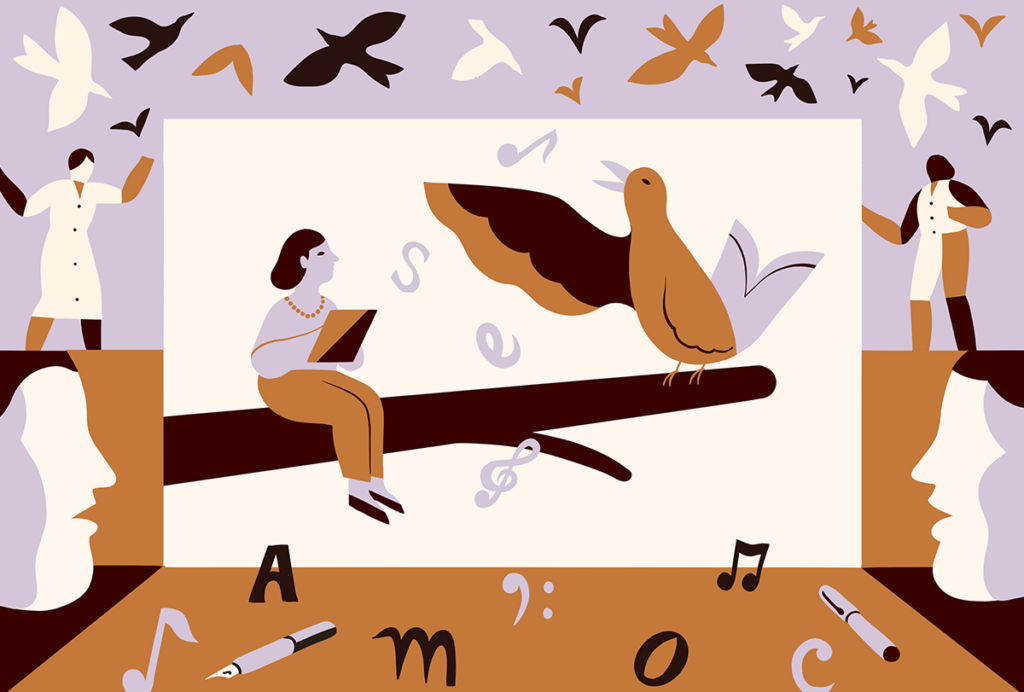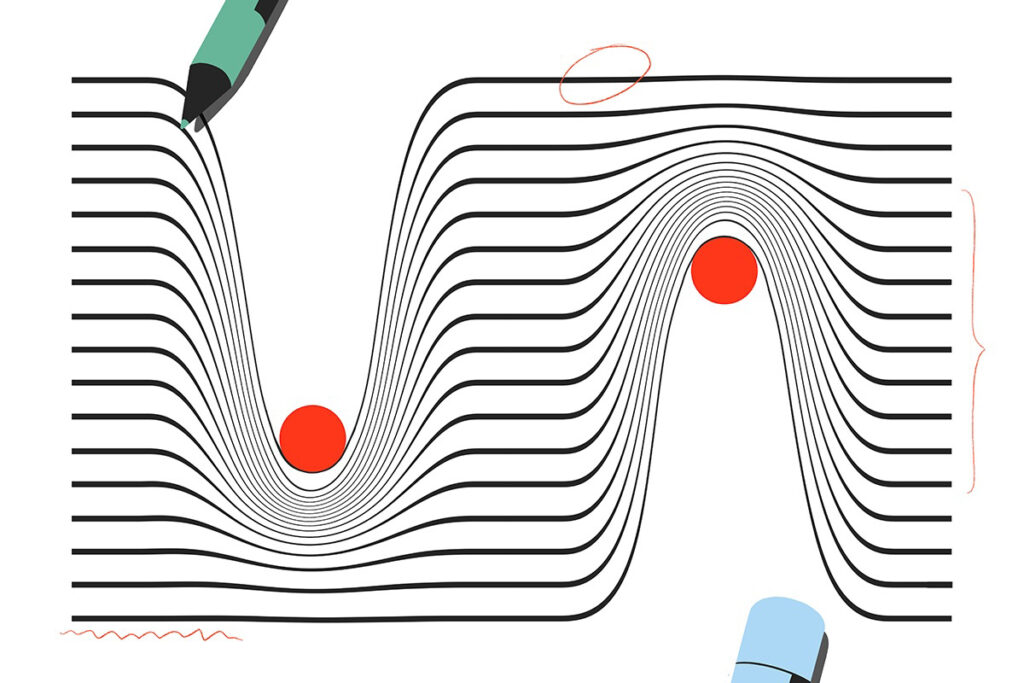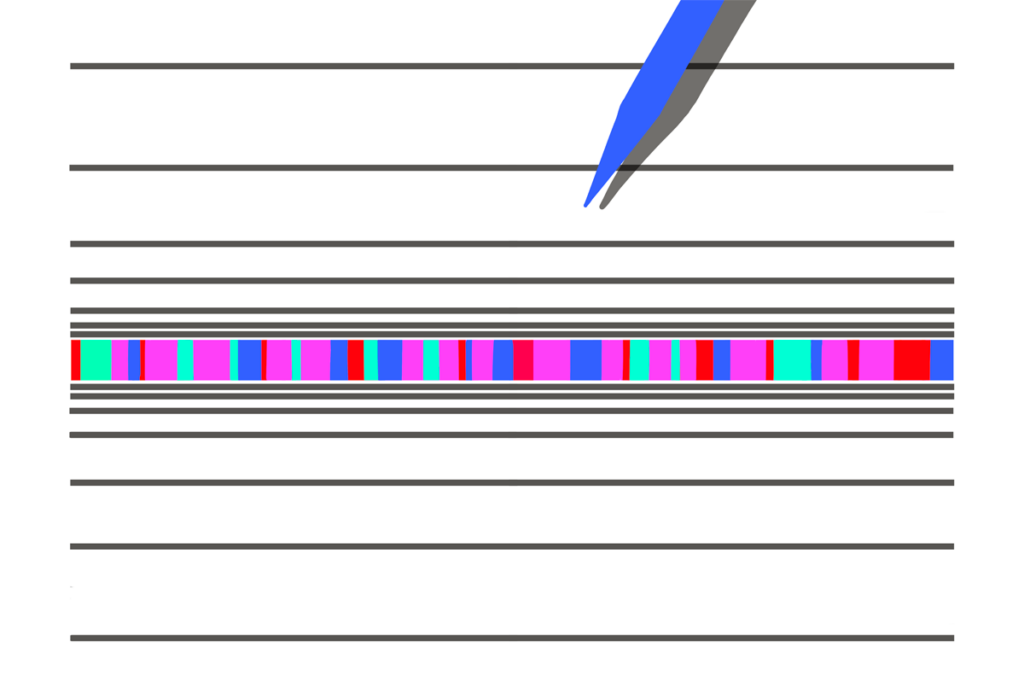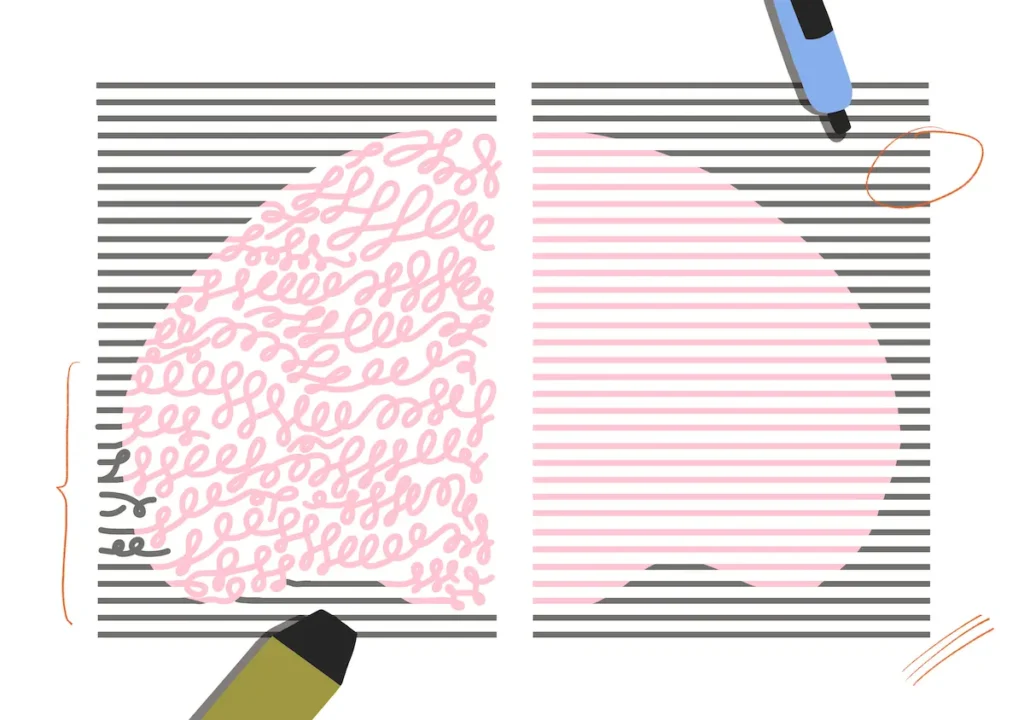This paper changed my Life: Bill Newsome reflects on a quadrilogy of classic visual perception studies
The 1970s papers from Goldberg and Wurtz made ambitious mechanistic studies of higher brain functions seem feasible.
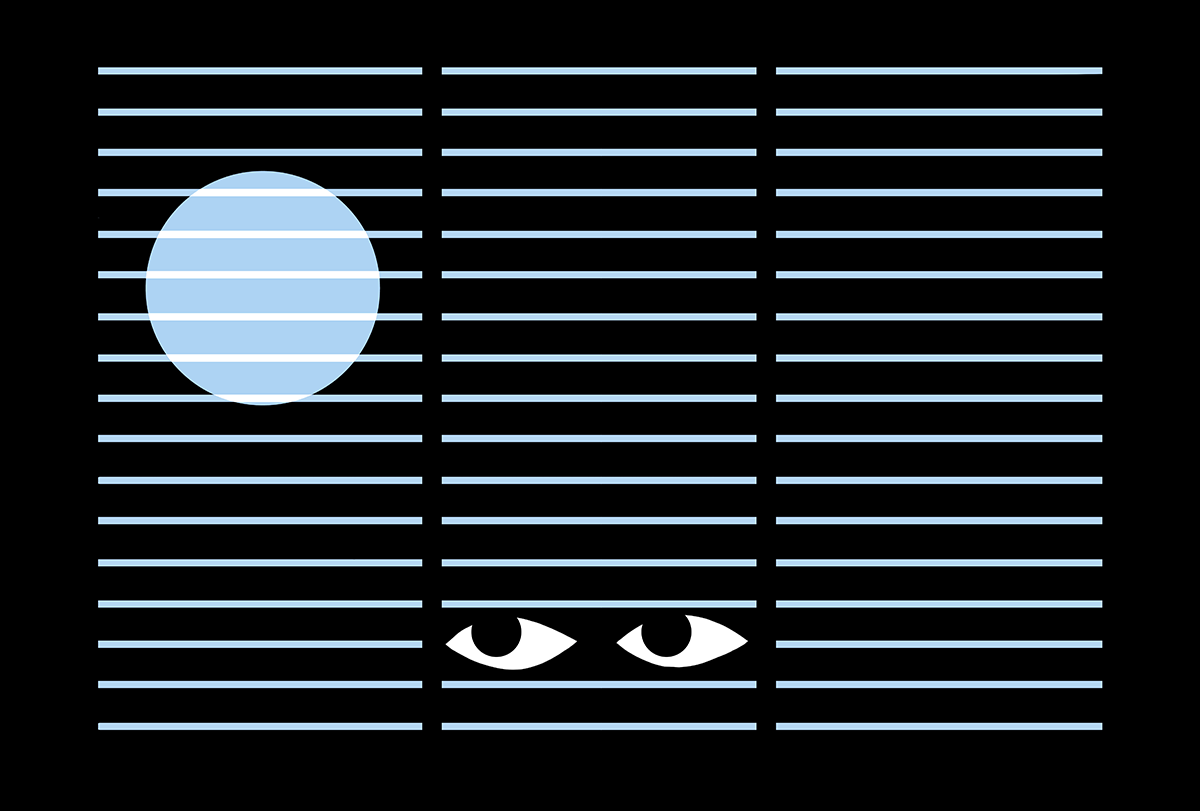
Answers have been edited for length and clarity.
What paper changed your life?: Activity of superior colliculus in behaving monkey. II. Effect of attention on neuronal responses. M.E. Goldberg and R.H. Wurtz Journal of Neurophysiology (1972)
In 1972, Mickey Goldberg and Bob Wurtz published a quadrilogy of papers in the Journal of Neurophysiology—yes, you could do that in those days—on the physiological activity of single superior colliculus neurons in alert monkeys trained to perform simple eye fixation and eye movement tasks. The experiments revealed a rich variety of sensory and motor signals: Some neurons fired at the onset of a visual stimulus; others showed bursts of activity immediately prior to the eye movement. The researchers found that visually evoked activity differed depending on whether the monkey ultimately used the stimulus as a target for a saccadic eye movement.
The neural response to the visual stimulus was stronger and continued until the time of the eye movement, forming a sort of temporal bridge between stimulus and evoked behavioral response. This bridge was alluring because it hinted at intermediate processes—perhaps the stuff of cognition—between sensory input and behavioral output. But it was also mysterious, in that no models existed for how such activity might be initiated and maintained until the behavioral response.
I was particularly fascinated by the second paper in the series of four, which dug into that mystery. Goldberg and Wurtz explicitly made a suggestive leap from physiology to psychology: “[Because] we can infer that the monkey attended to the stimulus when he made a saccade to it, the enhancement can be viewed as a neurophysiological event related to the psychological phenomenon of attention.” They also issued appropriate caveats, noting that “the unitary behavioral concept” of attention “may not have a single physiological mechanism.”
These papers were revelatory to me because they pointed toward a mechanistic physiological understanding of such complex cognitive functions as attention.
When did you first encounter this paper?
I did not encounter this paper until 1977 in John Allman’s graduate seminar course on visual perception at the California Institute of Technology. I was a third-year graduate student in the midst of a sea change in my intellectual interests: from receptor biophysics to systems neuroscience. Among all the papers I read during this period, the work of Goldberg and Wurtz most fired my imagination about what the future might hold.
Why is this paper meaningful to you?
As a graduate student, I became interested in the primate visual system as a gateway to the study of higher brain functions, such as perception, attention and memory. At the time, I was mapping higher visual areas and assessing single neuron responses in anesthetized monkeys, which were most assuredly not perceiving anything during the experiments. Knowledge of visual cortical maps and their basic properties was foundation for more ambitious studies. But even as a graduate student, studying anesthetized animals struck me as a highly unsatisfactory way to learn about perception. These papers showed me that my scientific fantasies were not ludicrous and that ambitious mechanistic studies of higher brain functions were indeed feasible. I resolved to find a way into this new kind of research.
How did this paper change how you think about neuroscience or challenge your previous assumptions?
This work confirmed my growing suspicions that very different kinds of experiments would be necessary to figure out how the brain sees. It seemed increasingly obvious that perception would be most incisively studied in alert, trained animals that could report what they were seeing. At the time, it was not clear that such experiments would be possible, but this research—and that of a few other pioneering labs—provided hope.
How did this research influence your career path?
Toward the end of my graduate work, Bob Wurtz came to Caltech to give a seminar on his recent research. I wrangled some private time with Wurtz by driving him from Pasadena to Los Angeles International Airport for his return flight to Washington, D.C., thereby saving the department some cash. Bob was interested in studying vision per se in addition to his primary sensorimotor research interests, and I had had excellent training in vision research at Caltech. We hit it off nicely, and within a year or two I was a postdoctoral researcher in his lab at the National Eye Institute, learning how to work with awake, behaving monkeys. My entire career has been a direct line from those formative experiences with the Goldberg and Wurtz papers as a grad student and intense research training in Bob’s laboratory as a postdoc.
Is there an underappreciated aspect of this paper you think other neuroscientists should know about?
Re-reading this paper now, the thing that most surprises me is that there is not a single piece of numerical data in it. No spike counts or spike rates, nor any statistical support for the authors’ key claims. Every result is entirely qualitative in the tradition of Hubel and Wiesel.
Look at the raster plots, see the difference between test conditions, and trust your eyes!
This is mind-boggling to the modern neurophysiologist, but these, ahem, modest methods led to some very important discoveries—as well as some protracted bickering about what one could and could not see using raster plots.
Given the intensity with which modern neurophysiologists are prowling around the brain with multi-contact electrophysiology probes and wide-field optical imaging, I doubt that there are new, fundamental discoveries to be made with qualitative assessments of neural activity. But who knows? Maybe we just aren’t looking in the right places under the right conditions.
